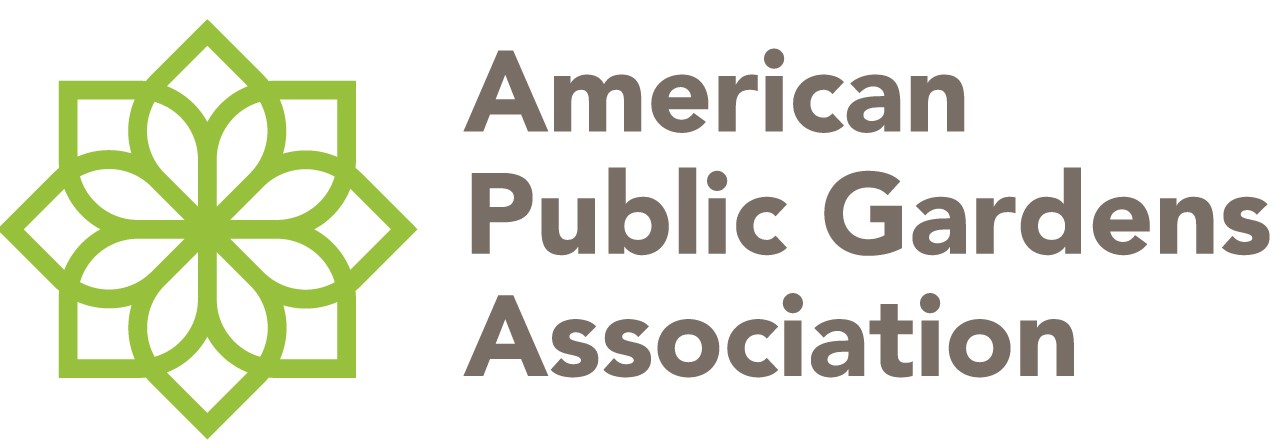DELRAY BEACH, Florida & SAN JUAN, Puerto Rico—A new bilingual website by the Institute for Regional Conservation (IRC), a nonprofit dedicated to the protection, restoration, and long-term management of biodiversity, was launched on December 15, 2015 at an event at the Doña Inés Park of the Luis Muñoz Marín Foundation in San Juan, Puerto Rico.
This innovative website, 15 years in the making, features the native and introduced plants of the island of Puerto Rico and provides rapid access to information on 3,500 species of plants on the island. The website focuses especially on the hundreds of rare plants known from the island, about 230 of which are found nowhere else in the world. Based on the most recent taxonomic research, Plants of the Island of Puerto Rico focuses on providing information needed to help improve the conservation of the plants and native ecosystems of Puerto Rico. The website also provides three directories for plants and conservation on the island: a Green Guide with places, activities and groups, a Green Agro-Guide, with local producers interested in sustainable agriculture, and Info-Botany, with projects, museum collections, and free electronic publications.
George Gann, IRC’s Chief Conservation Strategist, spoke on how the website functions, the importance of regional plant conservation efforts like those already ongoing in Puerto Rico, and how individuals can contribute to plant conservation efforts. Second author Carlos Trejo-Torres, spoke on how Plants of the Island of Puerto Rico allows the general public to explore, enjoy, discover and understand the marvelous world of Puerto Rican plants, both through the Green Guide, other resources directly on the website, and through connected social media.
“Plants of the Island of Puerto Rico is important because it provides a bridge between the scientific community and the people who have a passion for plants. Scientists and enthusiasts alike must work together if we hope to achieve the vision of sustainability shared around the world. Sustainability requires the conservation of species which, in turn, depends on the engagement of local communities. We hope this website allows all the people of Puerto Rico, residents and visitors, professionals and volunteers, to engage more directly in learning about and contributing to the many ongoing efforts to conserve and restore the native plant heritage of Puerto Rico,” stated Mr. Gann.
“The Luis Muñoz Marín Foundation is honored to have hosted the launch of this innovative tool for all the people of Puerto Rico and beyond, who have an interest in our plants and their conservation,” said Christian Torres Santana, Director the Doña Inés Park, a local
arboretum that focuses on conserving, studying, protecting and educating about native and endemic trees of Puerto Rico.
About the authors
IRC Chief Conservation Strategist George Gann has been studying native plants for 40 years. A founder of IRC, he served as its Executive Director for more than a decade and currently acts as Chair of the Board of Directors. Gann was the lead author of IRC’s ground-breaking book Rare Plants of South Florida: Their History, Conservation, and Restoration published in 2002, and manages IRC’s online database resources. He has received numerous awards for his conservation work and is Chair Emeritus of the Society for Ecological Restoration. He is a native of South Florida, but has significant experience working on native plants and conservation in the Caribbean and beyond. Carlos Trejo, a native of the Mexican Yucatan, is an IRC Senior Botanist, and lead author of Plantas del Mayab, IRC’s website on plants of the Yucatan. Trejo has studied and worked in Puerto Rico for 20 years, and has described three tree species new to science from Puerto Rico. Christina Stocking, an IRC Research Associate, is responsible for editing and maintaining the IRC databases that are the essential core of IRC’s web resources.
About The Institute for Regional Conservation
A private non-profit organization, the IRC is dedicated to the protection, restoration, and long-term management of biodiversity on a regional basis, and to the prevention of regional extinctions of rare plants, animals and ecosystems. For more information on IRC visit www.regionalconservation.org.





